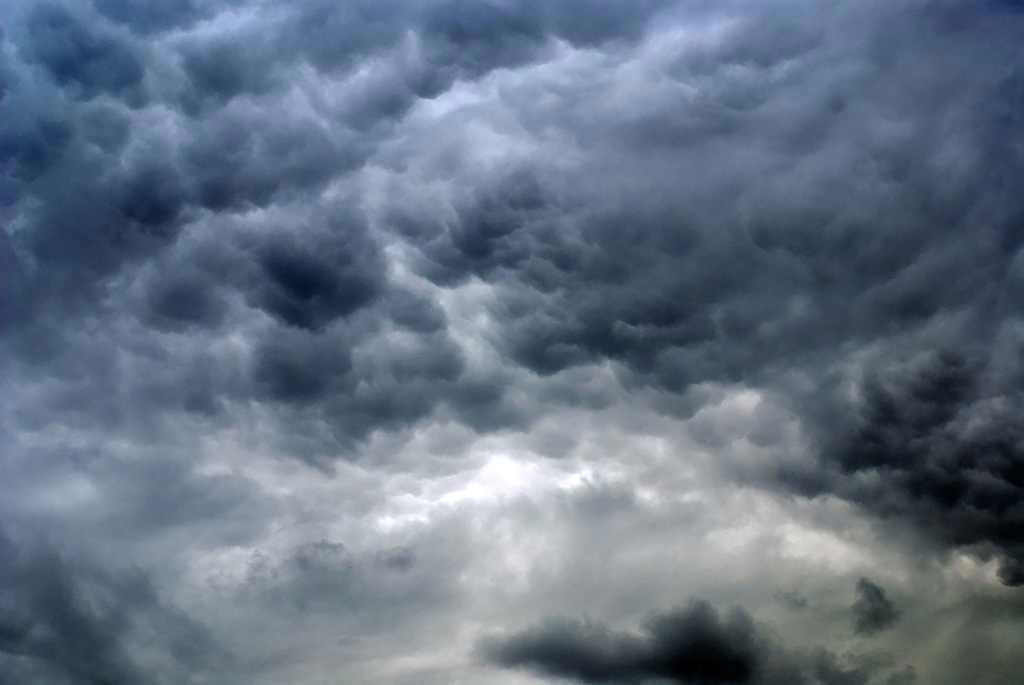The stuffed animal was long-necked. It had brick-red spots. No taller than a ruler.
No voice. It was the eyes that spoke.
If you have ever seen them break into a canter, if you have ever watched their
galloping bodies, you would have seen their front and hind legs moving in pairs. Would
have seen the hind two leaping ahead of the front ones, and then the front pair springing
forth. And the long neck in motion—their necks lunging forward and drawing back,
synchronized with the rhythm of their galloping feet. Gracing the grasslands, kicking the
red of the earth up into rosy smoke. I was leading twelve women on a writing journey
through South Africa. We spent three days on safari spotting animals by way of an
imaginary clock. One o’clock zebra! we would say. Six o’clock jackal! It was not the lion’s
tracks that exhilarated, nor the abundant gazelles’. Not the gray elephant that came
lumbering towards us, trunk out, swaying as if to overturn the van. It was the giraffe
quietly eating the leafy tops of trees. Calm creature. Peering over the branches. Its onyx
eyes enlarged.
The way they swoop overhead. The way they land on branches. Disappear into the
trees. Six hundred or more…. Starlings. Cowbirds. In this secluded place. Where there
are no street lights. Where each dusk there are no others, only myself and these birds.
Years ago, I met a woman who practiced Native American ways. She lived in the
overlapping mountains between New Hampshire and Vermont. I had her dream a doll
for me. She would dream of me every so often, and then imbue the doll with objects that
symbolized my life. A white owl crowns this katchina. It is your medicine, she said. She
said to sense like Owl does, on another level. She said to see like Owl, who flies silent in
the night. Like Owl who can swirl its head round to catch what is coming from behind.
Know like the owl, she said, but do not speak of these things.
The silent giraffe does not always gallop. It wears a second, slower gait. Walking the
grasslands, both legs on one side of its body lift forward, together, and then the front and
back on the other side do the same.
The sound is like a wind tunnel when they take off, all at once, when the massive
flocks fly from this copse of trees, to a distant forest in the East where soon the next day
will rise. I watch them from the wooden porch. The starlings—all of them, each dusk,
each of them—rise from the trees, whose bright-orange limbs wear the last hour of light.
They fly in playful formations, dipping, chattering as they leave, leaving as they soar
overhead.
When anyone asks, I tell them that when I was young my favorite was the giraffe.
What drew me to them, I do not know. I only know these connections happen. So
many I know love the dolphin. Others are connected to Whale. They feel attached but
may not know why. Then, many appearances begin to happen with that animal, many
occurrences—be it through pictures, toys, or actual sightings. So connected the child
seems, at times, they exhibit that animal’s traits.
(Spring 2014)


